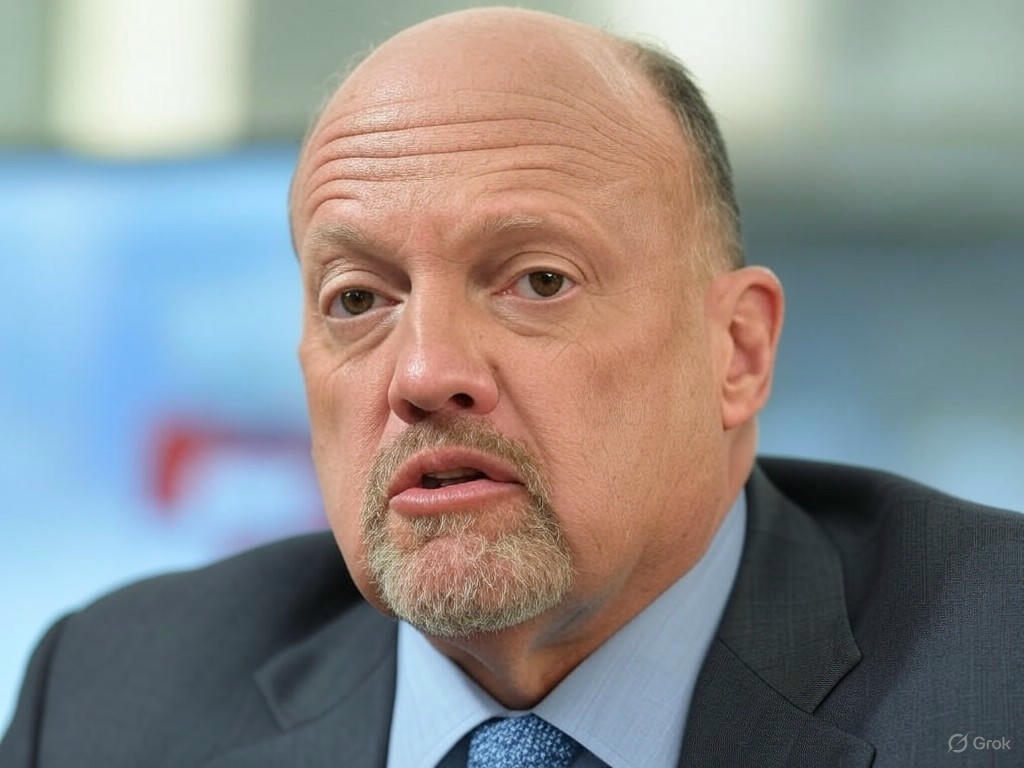Wall Street’s Surprising Resilience Amid U.S.-Iran Tensions
In a world where geopolitical events often send shockwaves through financial markets, the recent U.S. military action against Iran has sparked a counterintuitive response on Wall Street. Rather than the expected downturn, stock indices are climbing, leaving investors and analysts puzzled yet intrigued. Prominent financial commentator Jim Cramer, known for his sharp market insights, recently weighed in on this unexpected trend during a segment on a leading business network. According to Cramer, the impact of such international conflicts on domestic markets has diminished over time, signaling a shift in how Wall Street perceives global unrest.
The reasoning behind this market resilience lies in a combination of factors that have evolved over the years. Historically, military actions in volatile regions like the Middle East would trigger immediate sell-offs, as investors sought safety in less risky assets. Oil prices, often a barometer of geopolitical tension, would spike, further unsettling markets. However, Cramer pointed out that the current economic landscape is less tethered to such events. The U.S. has bolstered its energy independence through domestic production, reducing reliance on foreign oil. This shift has cushioned the economy from sudden price surges that once accompanied conflicts in oil-rich regions. Additionally, Wall Street appears to be more focused on domestic indicators—corporate earnings, interest rates, and consumer spending—than on overseas disturbances.
Moreover, the modern investor’s mindset has adapted to a near-constant state of global uncertainty. From trade wars to pandemics, the past decade has conditioned markets to weather storms with a pragmatic outlook. Cramer emphasized that while the U.S. strike on Iran is a serious matter, it’s not the primary driver of market sentiment right now. Instead, robust quarterly reports from tech giants and optimism around potential rate cuts are fueling the upward trajectory. This isn’t to say that geopolitical risks are irrelevant; rather, their influence is diluted in an era where information flows rapidly, and traders are quick to recalibrate their strategies.
Looking ahead, this trend raises important questions about the future of market dynamics. If international crises continue to have a muted effect, will investors grow complacent, underestimating risks that could eventually boil over? Or does this signify a maturing market, one that prioritizes fundamentals over fleeting headlines? For now, Wall Street’s climb in the face of U.S.-Iran friction serves as a reminder of the complex interplay between global events and financial systems. As Cramer aptly noted, the connection between such actions and market reactions isn’t as direct as it once was, reflecting a broader evolution in economic priorities. While the situation remains fluid, one thing is clear: today’s investors are navigating a landscape where resilience often trumps fear, and the old rules of market panic may no longer apply. For those watching the ticker, this moment offers a fascinating glimpse into the adaptability of modern finance.


